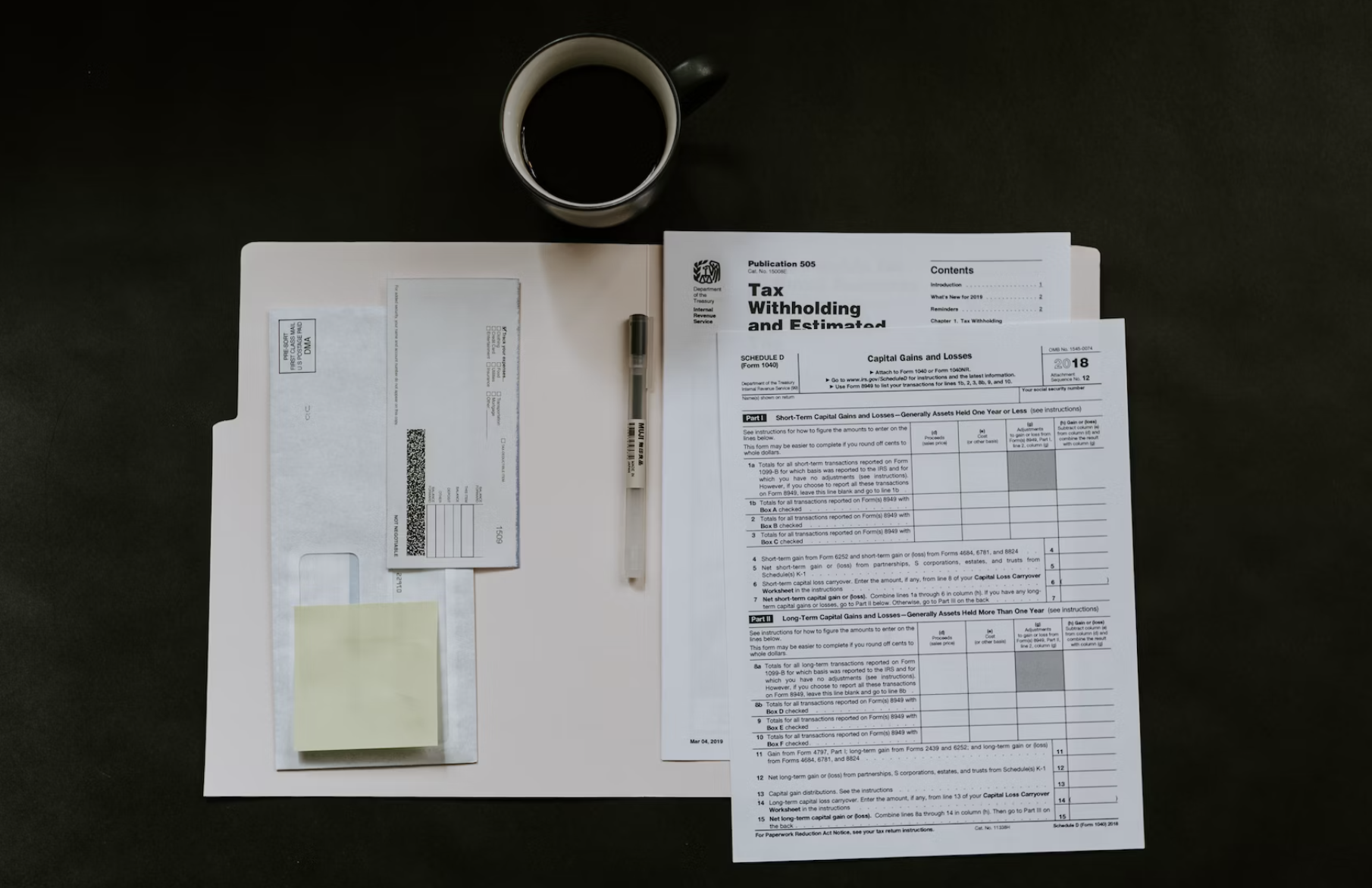Over the last two years a number of states, including Nevada, Pennsylvania, and New Jersey, have elected to take control of their state health insurance exchanges to allow for significantly more flexibility to make their own policy decisions. States that continue to operate on the Federally Facilitated Marketplace (FFM) are finding it not only increasingly cost prohibitive but also extraordinarily limiting in terms of state health innovation.
A few examples of the innovation we are seeing in states where we currently operate exchanges are:
- State-funded subsidies to supplement those the federal government already provides to help people afford marketplace plans. Our SBM customer, Covered California provides state subsidies, beginning this year, for people with incomes between 400% and 600% above the federal poverty level (FPL).
Covered California reported that “nearly 32,000 middle-income consumers who were previously ineligible for any federal support because their household income was above the federal “cliff” of 400 percent of the FPL qualified for new state subsidies. The new financial help went to about 47 percent of consumers applying in the 400 to 600 percent FPL income bracket. The average state subsidy to eligible households is $504 per month, lowering their monthly premium by nearly half.”
- Flexibility to extend Open Enrollment or institute a SEP. The COVID-19 pandemic has left millions of people without health insurance. To offer insurance during this extraordinary situation, state-based marketplaces that chose to do so, have been able to respond quickly and open SEPs for uninsured residents.
“The current COVID-19 pandemic is a great example of a state’s ability to implement new policies the federal exchange doesn’t,” said Heather Korbulic, Executive Director of the Silver State Health Insurance Exchange, the state agency that connects Nevadans to qualified health plans through Nevada Health Link.
“We were able to open up an Exceptional Circumstance Special Enrollment Period (SEP) to allow any uninsured Nevadans to enroll in a plan. But the benefits of operating a state exchange extend beyond SEPs; we can extend our open enrollment period if we decide that makes sense, we have better control of data to execute more targeted marketing programs, and we can customize offerings. This was the first year a consumer had the ability to buy a dental plan without a qualified health plan, for example, which is not possible on the federal exchange.”
- Public option design plans that can be easily incorporated into the decision support system. The State of Washington Cascade Care Plans, a standardized public option plan offered by commercial insurers for the first time for OEP 2021, will be incorporated into the decision support system and presented accordingly. To implement the public option does not require a Section 1332 waiver.
- Reinsurance programs that allow states to help lower premiums while putting federal dollars back in state control. To date, the most substantive changes sought by the states using Section 1332 waivers are related to reinsurance pools.
Health Affairs wrote on April 21, 2020: In April 2020, CMS posted letters notifying Alaska, Colorado, Delaware, Hawaii, Maine, Maryland, Minnesota, Montana, New Jersey, North Dakota, Oregon, Rhode Island, and Wisconsin of the amount of federal pass-through funding they will be receiving for 2020. All of these states except Hawaii used a Section 1332 waiver to adopt a state-based reinsurance program.
Based on these letters, the total pass-through funding for 2020 is $1.26 billion.
If your state is looking for ways to tailor health insurance policy to meet your specific needs, we at GetInsured can help you explore ways to set up your State-Based Marketplace.





